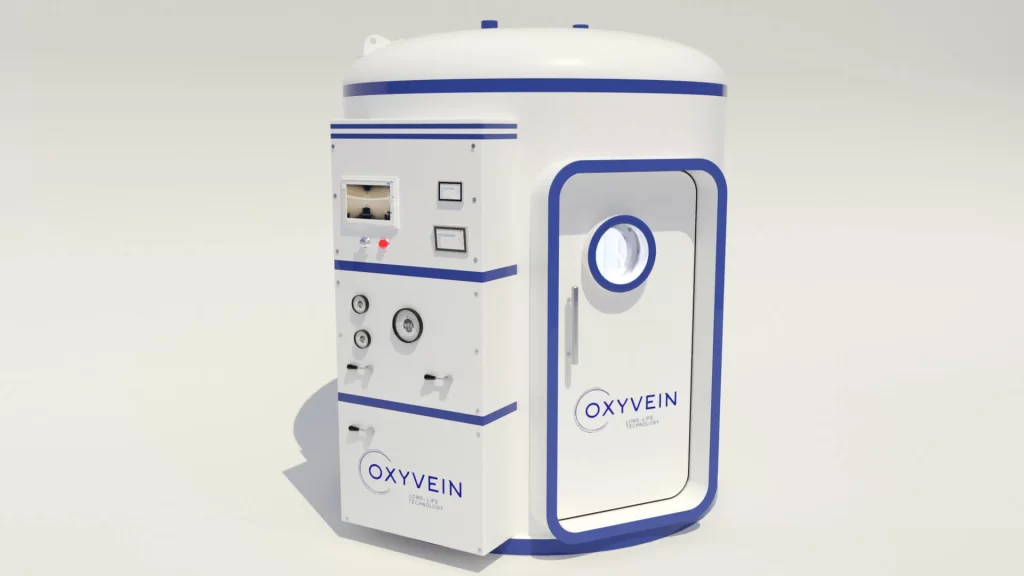
Shoulder pain is one of the most common problems faced by patients of all ages. The shoulder joint, due to its complex anatomy and wide range of motion, is susceptible to injuries, degenerative changes, and inflammatory processes. Timely diagnosis and appropriate therapy are key to preserving joint function, reducing pain, and improving quality of life.
The shoulder joint is unique in its mobility – it allows us to raise our arms, rotate and perform precise movements. However, this very complexity and flexibility makes it susceptible to overuse, injury and inflammation. Understanding the type of pain and its causes is important in order to choose the optimal treatment for it.
Types of shoulder pain
Shoulder pain can come on suddenly or gradually, and can be localized or radiate to the neck, upper arm, or back. The most common types of pain include:
The most common causes of shoulder pain
Shoulder pain can be caused by a variety of conditions, and the most common causes include:
Symptoms to watch out for
If any of the following symptoms occur, it is recommended to consult a specialist:
Timely diagnosis allows for the selection of optimal therapy and prevents chronic consequences.
Treatment of shoulder pain
The approach to treating shoulder pain depends on the cause and severity of the symptoms, and most often includes a combination of conservative and, if necessary, more advanced methods:
Methods of treating shoulder pain at EO2 Polyclinic
PRP therapy (Platelet-Rich Plasma)
It uses the patient’s own platelets to stimulate the regeneration of damaged tendons and muscles. It is effective for rotator cuff injuries, chronic tendinitis, and osteoarthritis, as it promotes natural healing and reduces inflammation.
Hyperbaric oxygen therapy (HBOT)
It increases the supply of oxygen to tissues under elevated pressure, accelerates regeneration and reduces inflammatory processes. It is suitable for chronic injuries, postoperative recovery and pain reduction in arthrosis or degenerative changes.
Ozone therapy
It stimulates circulation and detoxification, promotes tendon and muscle regeneration, and reduces inflammation and joint stiffness. It is useful for chronic pain and degenerative changes.
Cryotherapy
It has anti-inflammatory and analgesic effects, reducing swelling and pain. It is effective in acute injuries, exacerbations of chronic conditions, and post-traumatic pain.
Red light therapy
Red light phototherapy penetrates tissue, stimulates cell regeneration and improves circulation. It is ideal for chronic injuries, inflammation and arthrosis.
Prevention and maintenance of a healthy shoulder
To keep your shoulder healthy and pain-free:
Conclusion
Shoulder pain can significantly affect quality of life, but timely diagnosis and the use of appropriate therapies can prevent long-term problems. At the Polyclinic, we combine PRP therapy, HBOT, ozone therapy, cryotherapy and red light therapy , tailored to each patient, to ensure maximum treatment effectiveness.
Specialist examinations are performed by Dr. Milan Milošević , a specialist in orthopedics and traumatology of the musculoskeletal system, a multiple award-winning expert — named ‘Best Orthopedic Doctor’ for 10 years in a row (2015–2024).
Note: This content is for informational purposes only and does not constitute medical advice or replace consultation with a professional healthcare professional.e odabir optimalne terapije i sprječava kronične posljedice.
Liječenje boli u ramenu
Pristup liječenju boli u ramenu ovisi o uzroku i težini simptoma, a najčešće uključuje kombinaciju konzervativnih i, po potrebi, naprednijih metoda:
Metode tretiranja boli u ramenu u EO2 Poliklinici
PRP terapija (Platelet-Rich Plasma)
Koristi vlastite trombocite pacijenta za poticanje regeneracije oštećenih tetiva i mišića. Učinkovita je kod ozljeda rotatorne manžete, kroničnog tendinitisa i artroze, jer potiče prirodno zacjeljivanje i smanjenje upale.
Hiperbarična oksigenoterapija (HBOT)
Povećava opskrbu tkiva kisikom pod povišenim tlakom, ubrzava regeneraciju i smanjuje upalne procese. Pogodna je za kronične ozljede, postoperativni oporavak i smanjenje boli kod artroze ili degenerativnih promjena.
Ozonoterapija
Stimulira cirkulaciju i detoksikaciju, potiče regeneraciju tetiva i mišića, te smanjuje upalu i ukočenost zgloba. Korisna je kod kroničnih bolova i degenerativnih promjena.
Krioterapija
Djeluje protuupalno i analgetski, smanjuje oticanje i bol. Učinkovita je kod akutnih ozljeda, pogoršanja kroničnih stanja i posttraumatskih bolova.
Terapija crvenom svjetlošću
Fototerapija crvenim svjetlom prodire u tkivo, potiče regeneraciju stanica i poboljšava cirkulaciju. Idealna je za kronične ozljede, upale i artrozu.
Prevencija i održavanje zdravog ramena
Kako bi rame ostalo zdravo i bez bolova:
Zaključak
Bol u ramenu može značajno utjecati na kvalitetu života, ali pravovremena dijagnoza i primjena odgovarajućih terapija mogu spriječiti dugotrajne probleme. U Poliklinici kombiniramo PRP terapiju, HBOT, ozonoterapiju, krioterapiju i terapiju crvenom svjetlošću, prilagođenu svakom pacijentu, kako bismo osigurali maksimalnu učinkovitost tretmana.
Specijalističke preglede obavlja prim. dr. med. Milan Milošević, specijalist ortopedije i traumatologije koštano-zglobnog sustava, višestruko nagrađivani stručnjak — proglašen ‘Najdoktor ortoped’ 10 godina zaredom (2015.–2024.)
Napomena: Ovaj sadržaj služi isključivo informativnoj svrsi i ne predstavlja medicinski savjet niti zamjenjuje konzultaciju sa stručnim zdravstvenim djelatnikom.
Contact phone
Mobile phone

The first and only medical device of its kind in Croatia – this chamber represents the pinnacle of efficiency and comfort in therapy. It is designed to support the treatment of complex health conditions, as well as to enhance the body’s resilience and endurance.
Starting next month, you can personally experience its benefits and recommend it to those who matter most to you.